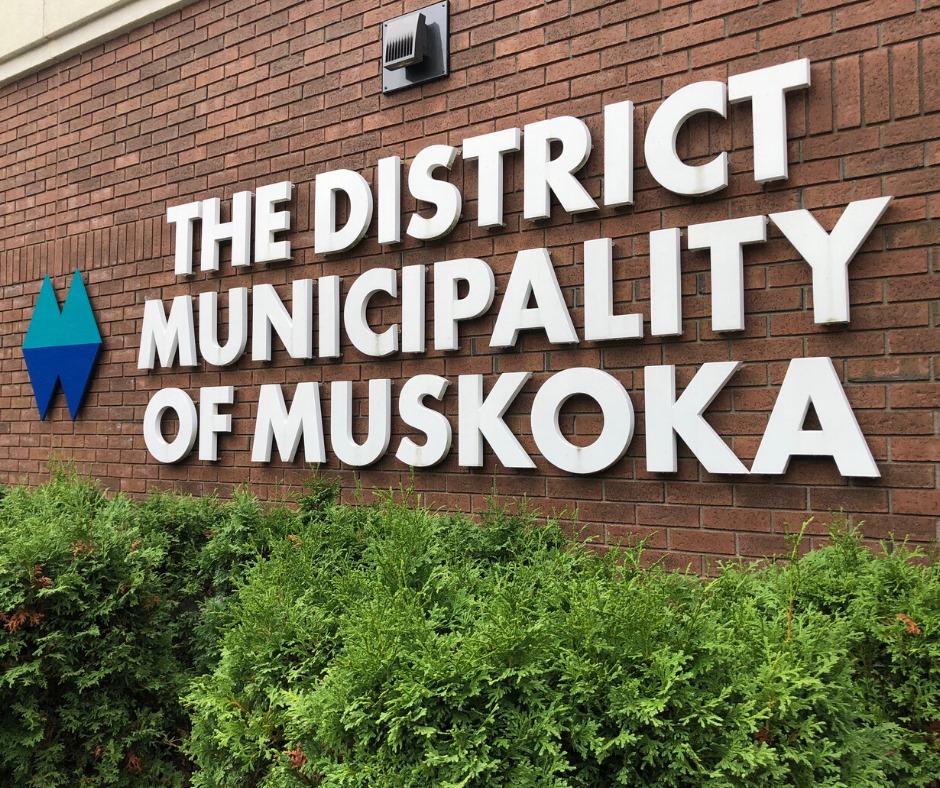By 2051, Muskoka’s population is expected to grow from 60,900 to 99,100, but a report shows the area’s aging population may pose issues.
Jamie Cook, managing partner of planning and land economics for Watson and Associates Economists Ltd., spoke to the district’s Community and Planning Services Committee on Feb. 22 to detail the first phase of the District of Muskoka Growth Strategy.
Watson and Associates also supported creating the district’s previous growth strategies in 2006 and 2013.
Cook explained the first of two phases allows the Mississauga-based economic consulting firm to forecast what the district may look like in the coming decades.
“As a result of the recent growth pressures we’ve experienced over the last five years or so since the last study was undertaken, it really was essential to provide a comprehensive review of this forecast to really dig into what’s been driving growth and what we anticipate will drive growth over the next several decades,” he said.
Leading up to 2051, Cook forecasts the district’s population will grow by 1.2 percent to 99,100 with 41 percent projected to be over 64.
Cook explained that much of the growth will be attributed to intra-provincial migration. He defined it as when someone moves from one place in Ontario to another area within the province. His forecast shows that 72 percent of the migration will come from the Greater Golden Horseshoe area, 22 percent from other areas of the province, and seven percent from outside of Ontario.
“There was a time when you looked at growth, it was really all about the [Greater Toronto Area] and the larger urban centres,” said Cook. “Now what’s happening is the other areas are starting to catch up.”
By 2051, the report forecasts people over 75 will make up 24 percent of Muskoka’s population, outpacing the other age groups compared to around 12 percent in 2021.
Cook projects the age group will grow by 2.1 percent in Muskoka, which is outpacing the projection for the overall population growth locally, which is 1.2 percent.
He said it will have a “major implication” of planning for municipal services.
Cook detailed how permanent housing could grow by an average of 540 units a year with around 64 percent most being considered “low density,” which Cook explained means they’re single or semi-detached homes. “High density,” which includes one and two bedroom apartments, is projected to make up 20 percent of future housing-related growth.
However, he added places for seniors to “age within the community” need to be looked at, too.
“If there aren’t, they’re not going to move,” he said of seniors. “And that can create some challenges with respect to the alignment of housing between who’s occupying units and who’s needing housing.”
Cook detailed how one of the byproducts of the COVID-19 pandemic is many people have converted their seasonal homes to permanent dwellings.
In the next three decades, he outlines how permanent households will grow from 56 percent in 2021 to 65 percent.
With a projected 16,150 new units, it would bring the area’s total households to 68,700.
Lisa Marden, the district’s director of planning, told committee the second phase will involve a public information session in late March or early April. She said it’s the phase where “important consultation comes in.”
She said the next report from Watson and Associates will likely be in the spring.



